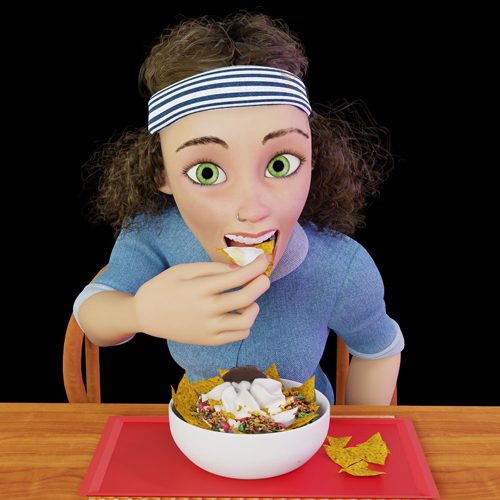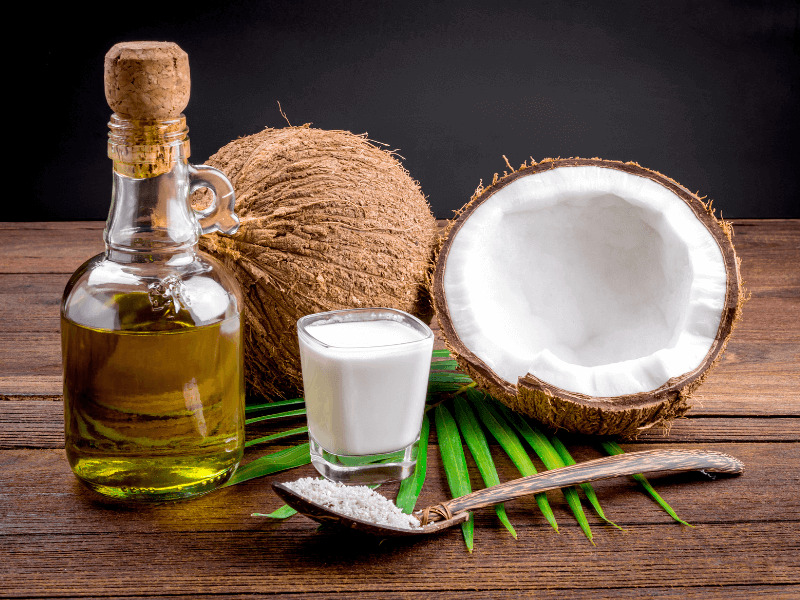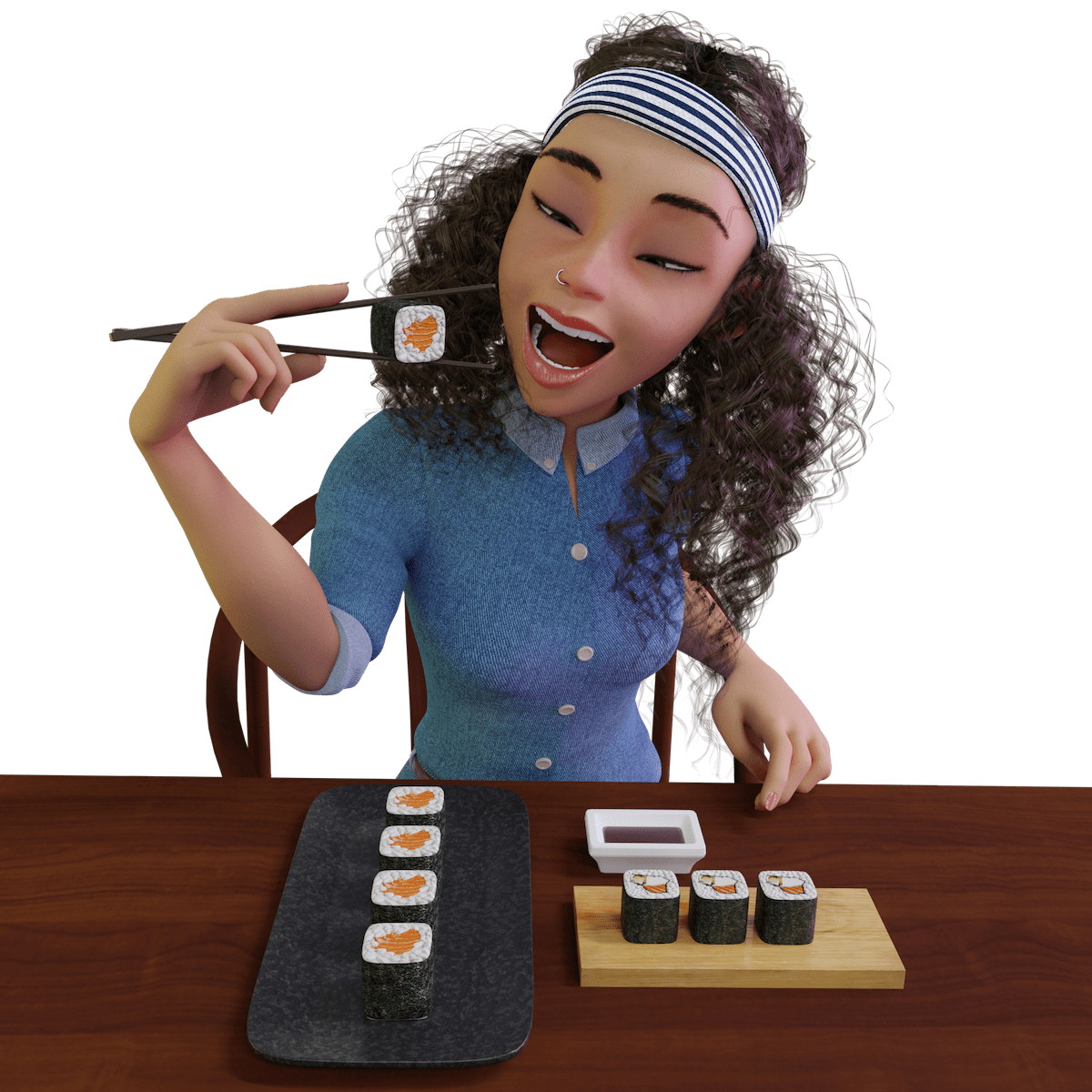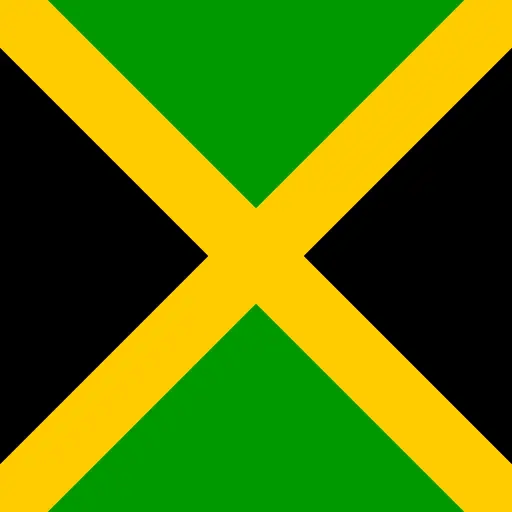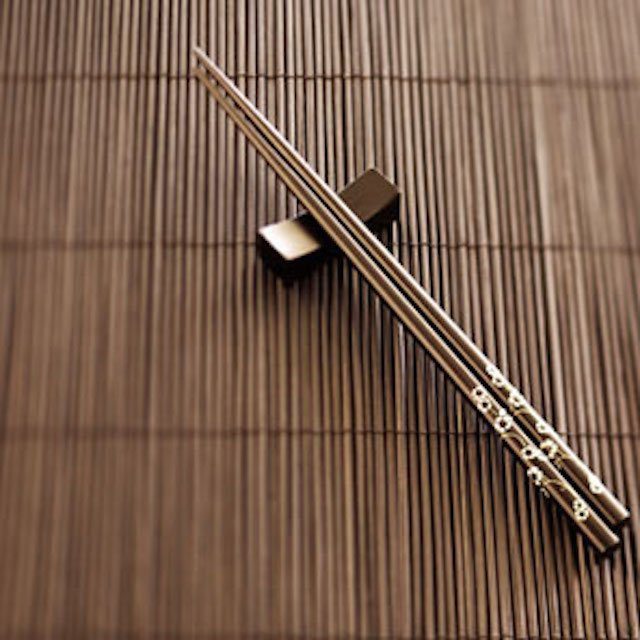
What do you really know about the primary eating tool for a fourth of the world’s population?
Chopsticks: A Brief (And Tasty) History
When you hold a pair of chopsticks in your hand, you are holding twin pieces of history. Several thousand years’ worths of history, it turns out. According to the Rietz Collection of Food Technology in California, chopsticks were invented nearly five thousand years ago in China, predating the fork by about four thousand years. The earliest chopsticks were likely twigs and were probably used to retrieve food from cooking pots, rather than from a plate or bowl.
This process changed as tastes and cooking methods changed: in the 5th century BCE, chefs in China began to cut food into smaller pieces prior to cooking. This conserved fuel and speeding up the cooking process. It also meant that diners could easily grab bits of food with chopsticks, much like we do today. Thus, chopsticks evolved from a preparation tool to a dining utensil. Chopsticks were also thought to conform with the nonviolent teachings of Confucius, as they eliminated the need for knives at the dinner table.
Chopsticks Spread
Eventually, the use of chopsticks spread from China to other parts of East Asia. Experts estimate that by 500 A.D., chopsticks were widely used in Korea, Japan, and Vietnam. As chopsticks spread to different cultures, they took on different forms. Early Japanese chopsticks were made from bamboo and were primarily used for religious ceremonies. Meanwhile, back in China, silver chopsticks (which grace the tables of many elegant Chinese restaurants today) were starting to take hold. Curiously, silver chopsticks were developed as a safety precaution: it was believed that the silver would turn black when it came into contact with poisoned food.
What’s In A Name?
The first recorded use of the term “chopsticks” occurred in 1699. Explorer William Dampier used the term in his book Voyages and Descriptions, published in that year. Interestingly, the “chop” doesn’t refer to a chopping motion, but rather to the Chinese idiom “chop chop,” meaning “quickly.” Chopsticks go by many different names, depending on the country in which they are used. In China, for example, chopsticks are called “kaui-zi,” while in Japan they are known as “hashi.”
Chopsticks Change With The Times
Chopsticks have come a long way since those first two twigs were thrust into a cooking pot 5,000 years ago. The disposable chopsticks that can be found on so many restaurant tables (and in so many takeout bags) came along relatively recently: they were invented in Japan in 1878. Recyclable chopsticks are the latest evolution. In fact, the Chinese government recently imposed a higher tax on all chopsticks that aren’t recyclable. This is important for the environment, as China goes through an estimated 45 billion chopsticks per year (Japan, by comparison, only consumes a mere 24 billion).

5 Facts About Chopsticks You Never Knew
The history of chopsticks is not only long but interesting. Here are five interesting facts about these ubiquitous utensils:
- Chopsticks might affect your love life: according to an old Korean superstition, the closer to the tip you hold your chopsticks, the longer you will stay unmarried.
- Chopstick etiquette takes many forms, and there are many potential faux pas to be made with chopsticks. For example, in Japan, placing chopsticks upright in a bowl of rice is considered rude.
- In ancient times, Chinese and Japanese royalty used silver chopsticks not only as a sign of wealth but also to test for poison. Ancient arsenic reacts with silver and turns it black. So if the silver chopsticks turned a black color before they ate they could detect and prevent an early demise.
- Chopsticks have been made from many different materials, including bone, ivory, coral, jade, and even gold.
- Chopsticks are the primary eating utensil for nearly a fourth of the world’s population
